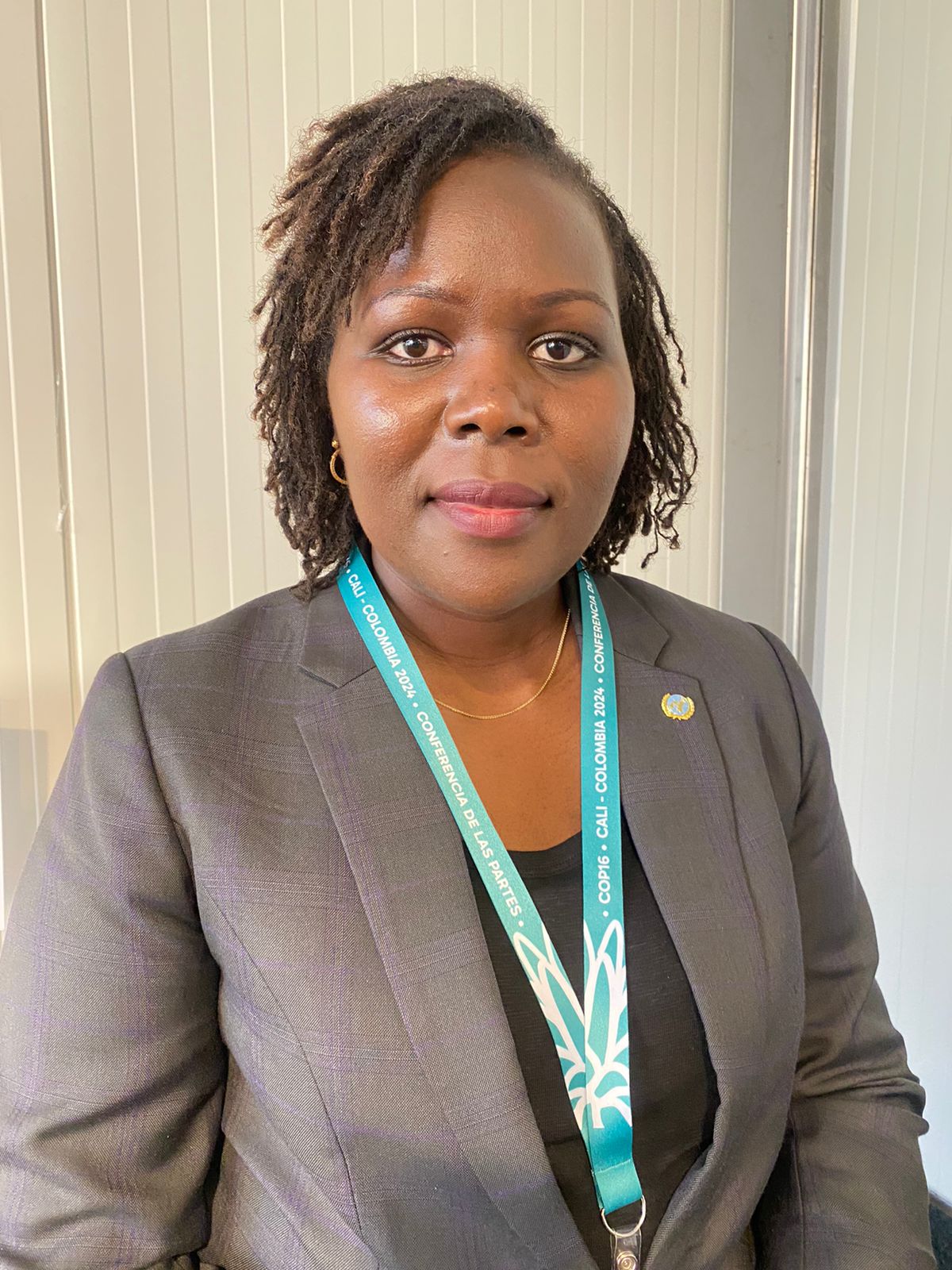As the first week of COP 16 came to an end on the 25th of October 2024 in Cali Colombia, the COP 16 president who is also the Minister of Environment and Sustainable Development in Colombia Susana Muhamad accompanied by Executive Director of the United Nations Environment Programme (UNEP) Ingrid Andersen and Astrid Schomaker Executive Secretary CBD held a press conference taking stock of COP 16 United Nations Biodiversity Conference 2024.
During the stocktaking conference the COP 16 president Susana Muhamad noted that so far 35 countries or parties had submitted their National Biodiversity Strategic Action Plan and 115 countries had uploaded their national targets, terming it a step in the right direction on the ambitious goals of the Kunming Montreal Biodiversity Global Biodiversity framework.
Kenya is among the 115 countries that had already submitted its national targets aligned to the 23 targets of the Global Biodiversity Framework coming up with 25 targets in total with indicators to measure the targets.
Speaking to the Kenyan head of Multilateral Environmental Agreements Directorate
Ministry of Environment, Climate Change and Forestry, Linda Kosgei who attending COP 16 accompanied by other Kenyan delegates, she noted that “Member states were required to submit their national targets by 1st of August 2024 before COP 16 in October so that they could also form part of the records and reporting during the COP and I am pleased to report that he deadline of 1st of August 2024, Kenya was able to submit its national targets to the secretariat and the national targets have since formed the report of secretariat towards this meeting.”
However, Kenya which already has a National Biodiversity Strategic Action Plan (NBSAP) 2019-2030, which was developed before the Biodiversity Global Framework but during the Aichi targets, Kenya was not able to submit its updated NBSAP.
According to Linda, the head of Multilateral Environmental Agreements Directorate Ministry of Environment, Climate Change and Forestry, “Kenya in the process of reviewing its NBSAP and there are a number of things that Kenya is doing to finalize it.”
Some of the things she says include:
Base line assessment of the national targets.
In this the government of Kenya says it needs to have a data baseline for all the 25 targets it has provided.
Reviewing the biodiversity policies and institutional arrangement.
Noting that biodiversity is a cross cutting issue which cuts across various sectors such as agriculture, health, environment, there is a review ongoing of all biodiversity related policies so as to align it to the Kunming Montreal Biodiversity Strategic Action Plan.
By doing so the country is assessing its monitoring systems- for the national targets.
Develop a resource mobilization strategy.
According to Linda “Once we finalize on the two documents I have mentioned on monitoring and the related policies documents then we will be able to finally do a resource mobilization strategy, noting that funds for biodiversity need to be sought from all sources, from the private sector, the government, GEF, without a resource mobilization strategy that will be difficult. Once all these document s are in place Kenya will be able to compile all of them and come up with a comprehensive NBSAP that has the targets.
On asking if there is a target as to when the NBSAP will be completed, this the government says it will be in the near futures in the next few months.
(This story was produced as part of the 2024 CBD COP 16 Fellowship organized by Internews’ Earth Journalism Network.)





